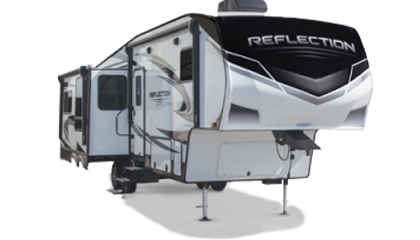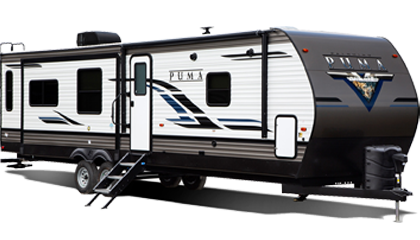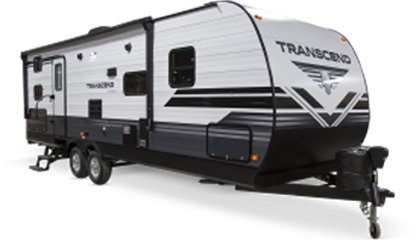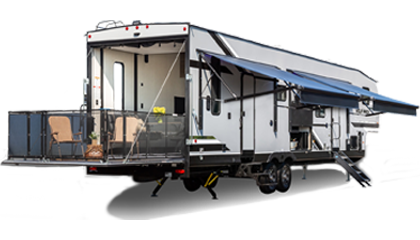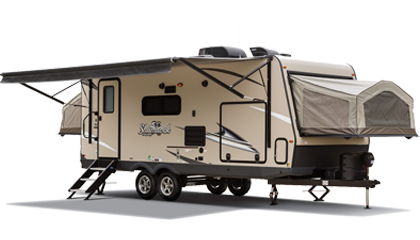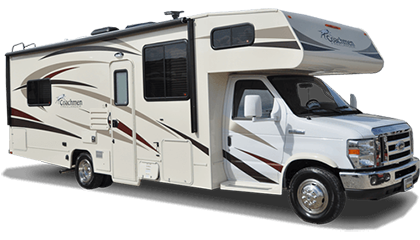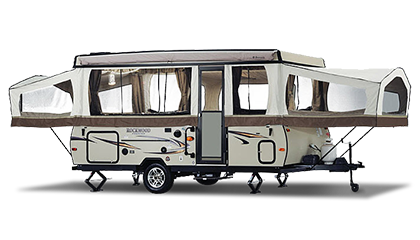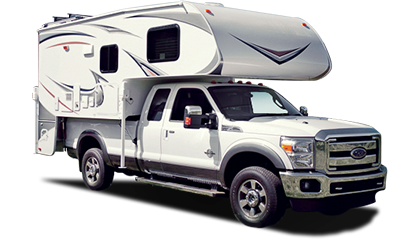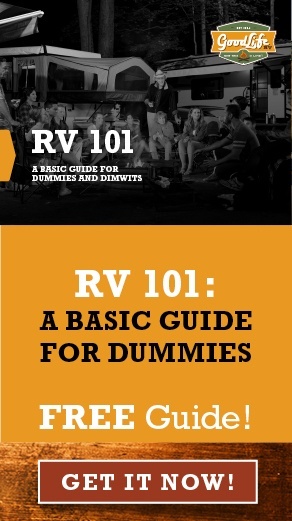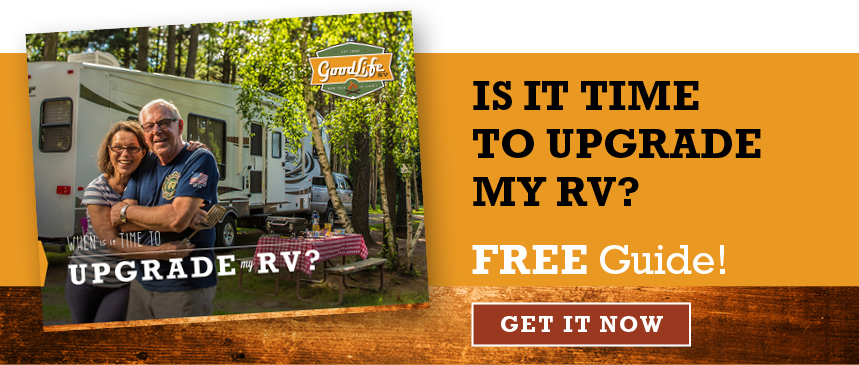Leveling Your Camper or Fifth Wheel
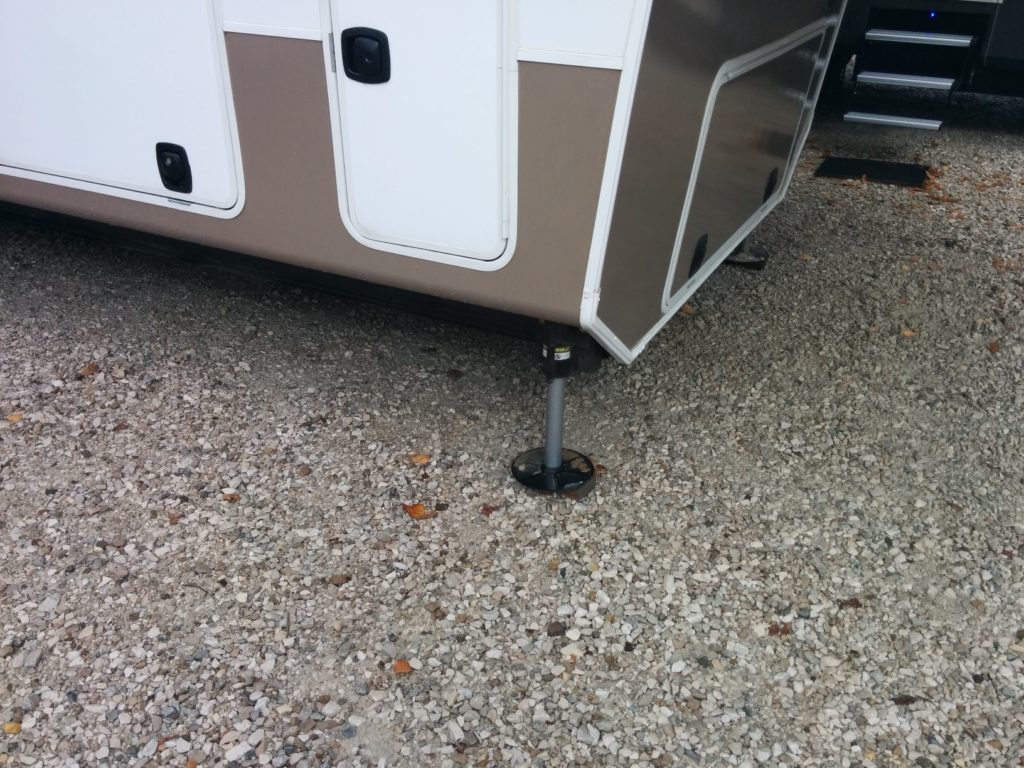
You probably went to a carnival as a kid, and enjoyed the funhouse. In a funhouse, nothing is as it seems – everything is slanted, mirrors distort what you can see and it’s constantly wobbling back and forth.
If you ever want to recreate this experience, all you have to do is spend time in an unlevel, unstabilized camper. It wobbles, drawers fall out of place and doors open by themselves. While they’re fun to visit, it’s not a great idea to live inside a fun house.
To prevent wobbly camper living, each camper is equipped with leveling jacks that keep the interior secure and stiff, just like a house. They’re necessary for camping – doubly so when not parking on a concrete pad – but they can be a little tricky to learn how to use.
Here’s how to deploy your camper’s leveling system to ensure a stable RV.
STABILIZATION VS. LEVELING
Though they may seem synonymous, stabilizing and leveling your camper aren’t the same thing. Leveling involves making sure your camper is “flat” (as in, not leaning toward a particular side), and stabilization makes sure the camper doesn’t rock back and forth when weight shifts around inside of it, or when you walk around inside of it.
It’s important to note the difference between these two factors because it’s important to do them in the right order: leveling must always be done before stabilization.
HOW TO LEVEL
As we mentioned, leveling a camper ensures that its interior is flat. Imagine placing a ball in the middle of your RV’s kitchen or hallway. If rolls in any direction – from front to back or side to side – your RV isn’t level.
When leveling your RV, the first step – even before you remove it from the trailer hitch – is to pull the sideouts out. Slideouts are heavy, and they can dramatically change the center of balance for your RV.
Stabilization is usually done with leveling blocks. With the aid of a friend, back the trailer over a set of leveling blocks until the trailer is level from side-to-side.
After the sides are stable, level the attitude (the front-to-back pitch) of your trailer. The attitude can be raised or lowered using the tongue jack on the front of your camper. A level indicator installed on the side of your RV can help dramatically with this process.
Your trailer should now be balanced from front to back and side to side.
HOW TO STABILIZE
Compared to leveling, stabilizing your RV is a relatively simple process. There are jacks installed on the side of your camper or trailer to properly stabilize your unit.
There are usually four of these on your camper; one on each corner of the unit. Using a wrench or power drill, extend the stabilization jacks to secure the RV to the ground. They shouldn’t be lifting the unit entirely off of the ground, but should keep it from shaking.
AUTOMATIC PROCESSES
Some newer RVs offer automatic stabilization and leveling. These processes can be started with just the flip of a switch – no backing up or wrenches necessary. However, computer leveling systems can be incorrect, so it’s good to know how to take a manual approach to leveling and stabilization whenever necessary.
REFRIGERATOR PROBLEMS
It may sound strange, but leveling your RV is very important for your refrigerator.
Many RV refrigerators are run on an absorption system which compresses different fluids and require a level balance in order to function properly. If the balance is thrown off, you run the risk of damaging or destroying your refrigerator. Replacing a $1,000 refrigerator because of improper leveling is a waste of time, effort and money.

